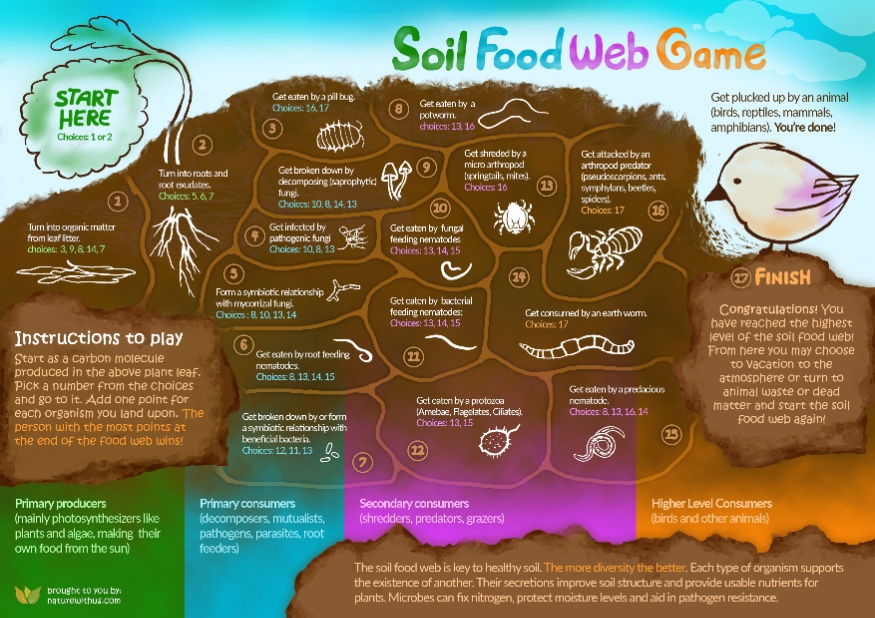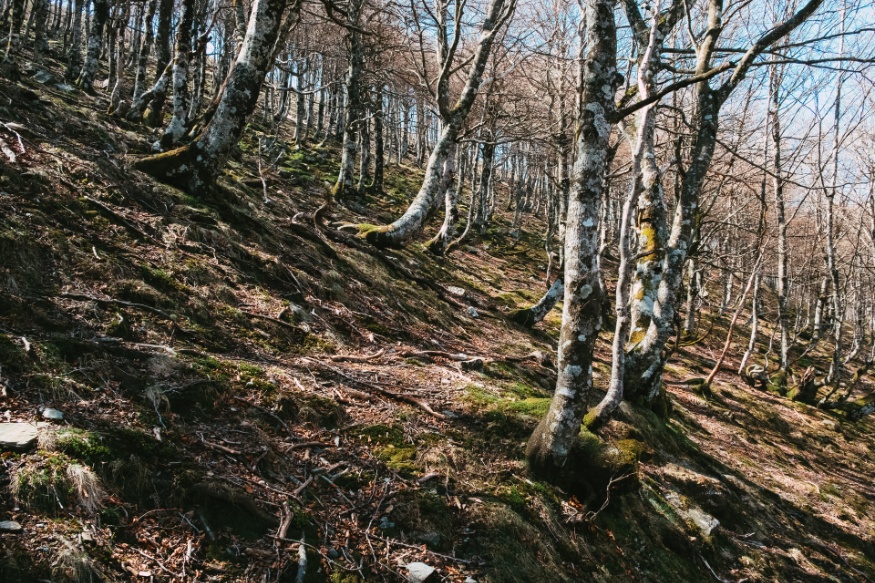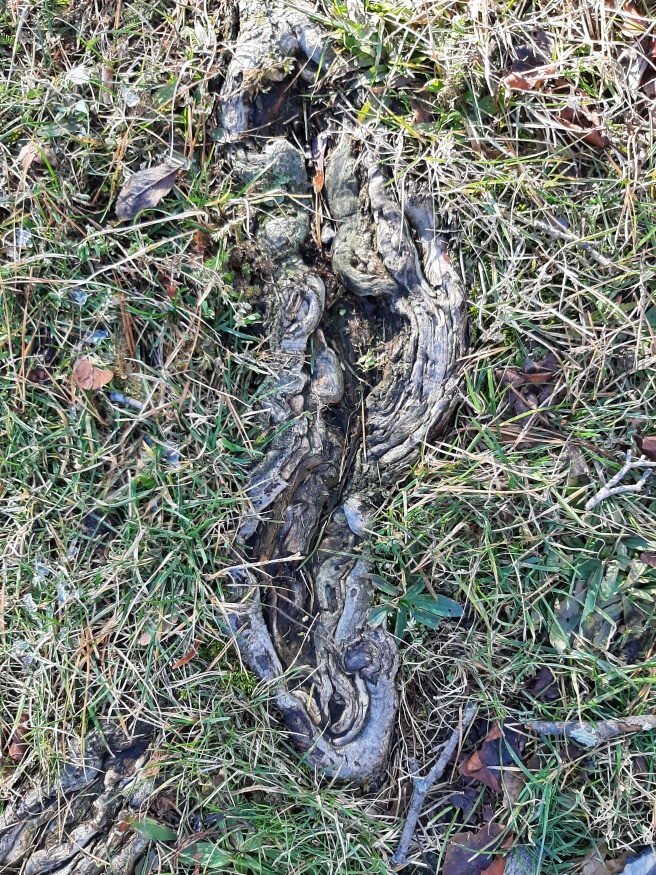Problems With Topping Trees and Better Alternatives
Topping involves large cuts from the crown of the tree to reduce its height and spread. This is seen all to often on hasty projects despite the negative side effects the come along with this improper practice. Some trees are more negatively affected than others, and they may not die as a result, but all are affected in one form or another. Removing large sections of the crown drastically reduces a tree's ability to produce sugars and starches through photosynthesis. This can lead to decline, disease and death within a few years.
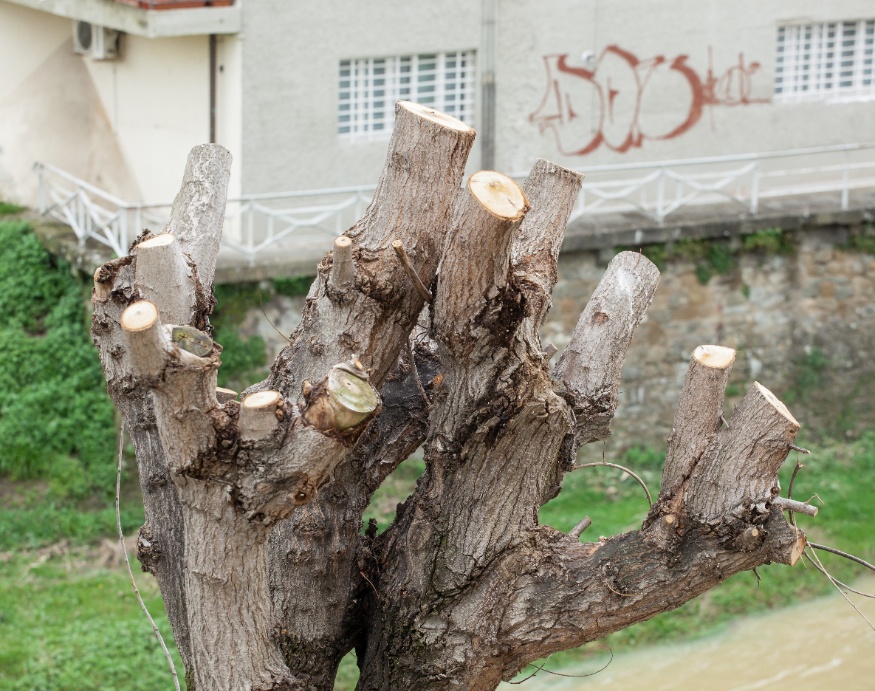
Exposed large branch stubs result in major decay as water, fungi, and potential insect pests travel directly down main stems from the open wounds. Topping doesn't allow the tree to compartmentalize (isolate) the wound as it normally would if the cut was smaller and near the junction point of another major branch union.
Topping trees puts them in a 'shocked' state, encouraging them to send out latent/dormant sprouts, also known as adventitious sprouts, epicormic shoots, or water sprouts. They do this in an attempt to restore foliage to continue photosynthesis. These new shoots aren't nearly as structurally sound as regular branches. They suffer from weak attachments, posing a threat of breakage from heavy snow loads or high winds. If epicormic shoots are allowed to grow into large stems unpruned, they could post a structural hazard.
Restoring Topped Trees
Though most topped trees will never return to optimum health and stability, some measures can be taken to bring them back. First, allow the tree to grow untouched for a few years. This will allow the tree to regain valuable energy and resources to stay alive. Then, in late summer, remove any decayed wood, select a new leader from the sprouts, remove one third of them, and shorted the others. Continue to prune yearly, removing branches from crowded areas to allow for dominance and lateral branch development from the new main branch. Try to prevent the branch from becoming a substantial tree stem as its integrity won't compare to the other natural main branches.
An Even Better Approach
The best approach to alleviating the topping problem is to avoid doing it in the first place. Training trees when they're young “…provides the greatest benefit of any cultural practice in influencing the future structure, appearance, and maintenance costs.” (Harris, Clark, Matheny, 1999; p 422.). Pruning at a young age onward eliminates the need for topping and also increases the structural integrity of trees as they grow. Heading cuts involve cutting the tips of branches to a desired length without the need for another branch to redirect its growth. This technique can be used on young trees to maintain their size as they have a more vigorous growth habit, smaller limbs, and are more likely to compartmentalize wounds. With planned pruning from a young age, trees can be kept to a desired size, keeping their graceful habit and health in check.
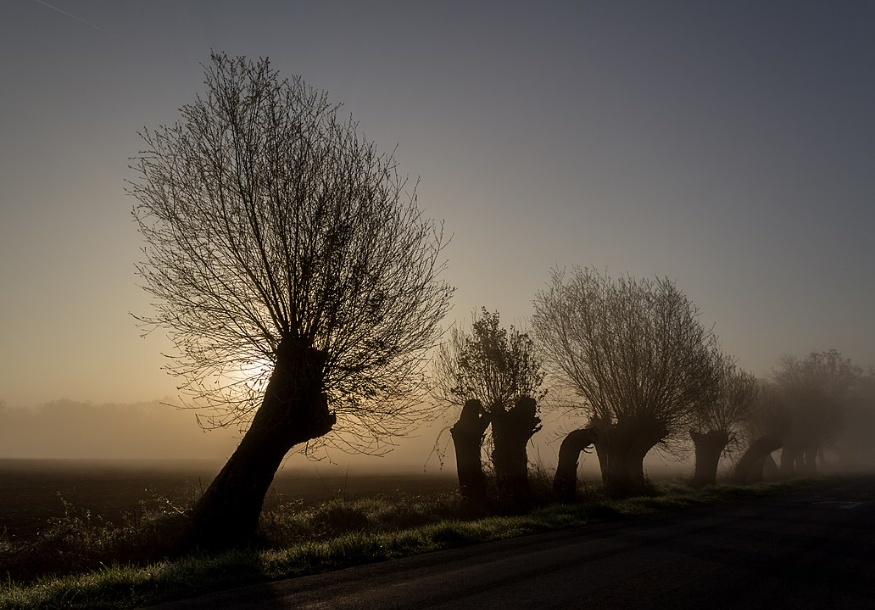
Pollarding is another alternative to topping, but takes planning as with pruning young trees. This technique can often be mistaken as topping, but the approach is very different. Pollarding has been practiced in Europe and some parts of Asia for at least 1,500 years. Originally, yearly growth of tree branches were harvested for leather, tanning, livestock, weaving materials, etc. Today, the practice is usually used for design aesthetics and to allow certain trees to grow nicely in tight spaces. Pollarding involves selecting a planned swelling area that latent/dormant buds will develop. Branches are prevented from growing past these points by pruning the shoots off on a yearly basis. Pollarding helps trees stay compact, and can provide interesting specimens for the landscape. Trees trained in this manner are encouraged to develop a callus rather than gaping wounds where adventitious shoots develop.
The absolute best approach to avoid topping is to simply select the right size tree for the right area. This may not always be feasible, but hopefully this article provides some alternatives for those who are able to plan ahead or mitigate already topped trees.
References
Harris, R. W., Clark J. R., N. P. Matheny, 1999. Aboriculture: Integrated Management of Landscape Trees. Third Edition, Prentice Hall.
ISA - Continuing Education Unit. (Coder, Kim D.). Pollarding, What Was Old Is New Again. CEU Continuing Education Unit - I.S.A.
Lacan, I. (2014). Pruning and Tree Physiology: The Bad and The Ugly. UC IPM Green Bulletin (Vol. 4 · No. 1)
Park Cultural Landscapes Program (2019). De-Topping Trees. Retrieved from https://mylearning.nps.gov/library-resources/de-topping-trees/
The Morton Arboretum. (n.d.). Trunk wounds and decay. Retrieved from https://www.mortonarb.org/trees-plants/tree-and-plant-advice/horticulture-care/trunk-wounds-and-decay
University of Florida. (2015). Restoring tipped trees. Retrieved from https://hort.ifas.ufl.edu/woody/tipped.shtml
University of Florida. (2015). Restoring topped trees. Retrieved from https://hort.ifas.ufl.edu/woody/Topped.shtml
